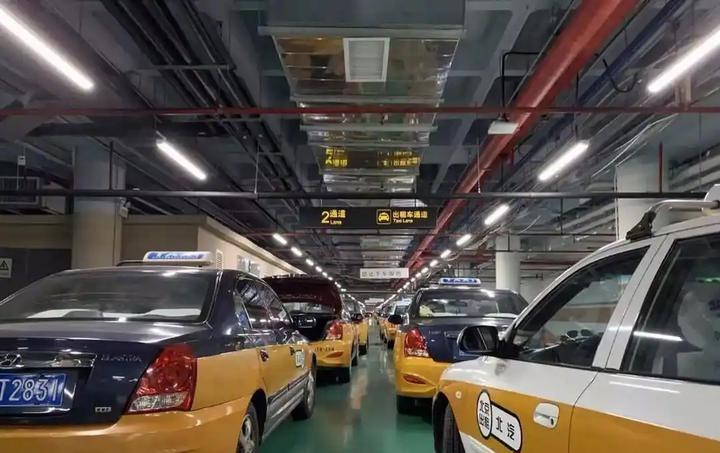The Rise of Ride-Hailing Apps Over Traditional Taxis in China
Traditional taxi services in China face declining popularity due to poor service quality, arbitrary pricing, and inconvenient practices, while ride-hailing apps offer transparency, reliability, and better customer experience.

The transformation of urban transportation in China presents a compelling case study of how technology disrupts traditional services. The growing preference for ride-hailing apps over traditional taxis reflects deeper changes in consumer expectations and service standards in modern China.
The fundamental issues with traditional taxi services in China stem from several problematic practices. Taxi drivers frequently refuse passengers based on arbitrary criteria - the distance being too short or too long, unfavorable weather conditions, or inconvenient locations. Many drivers engage in price gouging, particularly at transportation hubs like airports and train stations, where they often refuse to use meters and demand inflated flat rates.
The service quality disparity between traditional taxis and ride-hailing platforms is particularly evident in several key areas. Ride-hailing apps provide transparent pricing, GPS-tracked routes, and a comprehensive rating system that holds drivers accountable. In contrast, traditional taxi drivers often take circuitous routes to inflate fares, with passengers having limited recourse for complaints.
A significant advantage of ride-hailing services lies in their standardized customer service protocols. When items are left in vehicles, ride-hailing platforms typically facilitate quick recovery through their tracking systems and driver accountability measures. Traditional taxi services, however, make it notoriously difficult to locate lost items or identify specific drivers after trips.
Safety and comfort considerations also heavily influence passenger preferences. Ride-hailing apps maintain detailed records of each journey, including audio recordings in many cases, providing passengers with a sense of security. This is particularly important for vulnerable groups such as young women and teenagers, who often feel uncomfortable with traditional taxis' lack of transparency and accountability.
The economic dynamics at play reveal an interesting pattern: despite traditional taxis often charging higher rates, especially during peak hours or inclement weather, passengers increasingly opt for ride-hailing services that offer more predictable pricing and better service quality. This shift demonstrates how improved service standards can overcome pure price considerations in consumer decision-making.
Within China’s major cities like Beijing, Shanghai, and Guangzhou, the contrast between the two services becomes even more pronounced during challenging situations such as late-night travel or adverse weather conditions. While traditional taxis might exploit these circumstances for higher fares, ride-hailing platforms maintain consistent pricing through their algorithmic systems.
This transformation reflects broader changes in Chinese consumer behavior, where service quality and reliability increasingly outweigh traditional considerations. The success of ride-hailing platforms in China serves as a model for how digital innovation can address longstanding inefficiencies in traditional service industries.